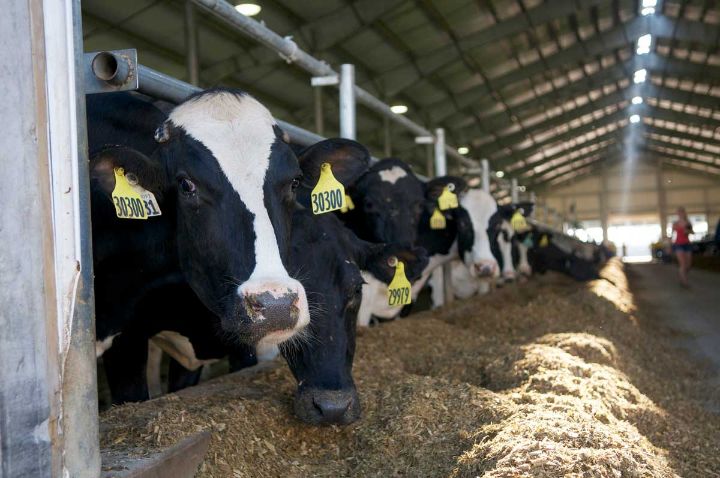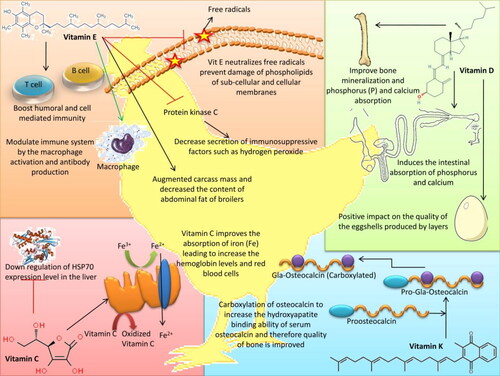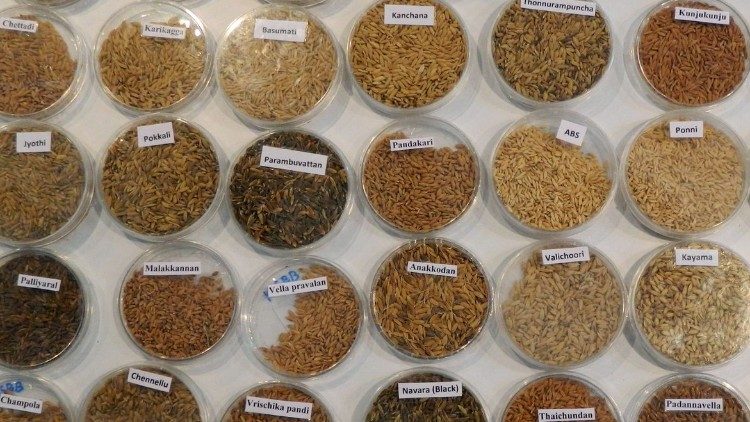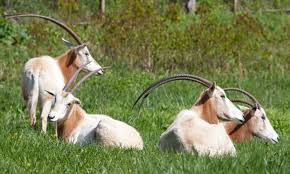
Dairy sector’s current feeding problems and their solutions
Current Feeding Problems in Pakistan’s Dairy Sector Proposed Solutions

Current Feeding Problems in Pakistan’s Dairy Sector Proposed Solutions

1. Precision Nutrition and AI-Driven Feed Formulation 2. Nanotechnology in Poultry Feed 3. Enzyme Technology and Customized Enzyme Cocktails 4. Microbiome Modulation and Gut Health Enhancers 5. Sustainable Alternative Proteins 6. Thermal Stress Nutrition Management 7. Smart Sensors and Digital Feed Monitoring 8. Feed Additives as Antibiotic Alternatives 9. Conclusion: Global poultry nutrition is moving…

Feed formulation for ruminants involves creating a balanced diet that meets the nutritional requirements of the animals based on factors such as age, weight, physiological status, production goals, and available feed ingredients. Here are the general steps for feed formulation of ruminants: 1. Identify Nutritional Requirements: 2. Assess Available Feed Ingredients: 3. Formulate Ration: 4….

Amino acids, vitamins, and minerals play crucial roles in poultry production and health. They are essential nutrients that are required in specific quantities to support various physiological functions, growth, and overall well-being of poultry birds. In the context of nutraceuticals, these nutrients are not only essential for basic survival but also have specific health-promoting properties….


Sample preparation and handling are critical steps in laboratory analysis, as they directly impact the accuracy and reliability of the results. Proper handling ensures that the samples are not contaminated, degraded, or altered before analysis. Here are some general guidelines for sample preparation and handling in laboratory analysis: 1. Sample Collection: 2. Sample Preparation: 3….

Introduction Heat stress is a significant environmental stressor that affects poultry productivity, health, and welfare, particularly in tropical and subtropical regions. When ambient temperatures rise above the thermoneutral zone (approximately 21–25°C for poultry), birds experience heat stress, resulting in reduced feed intake, poor growth performance, compromised immunity, and increased mortality. Nutritional strategies play a vital…

When considering what constitutes the “best” ecosystem, we generally refer to ecological richness, biodiversity, productivity, and the system’s ability to support a wide range of life forms. Among all ecosystems on Earth, tropical rainforests are widely recognized as the most diverse and productive ecosystems. Here’s a detailed look at why tropical rainforests are often considered…
